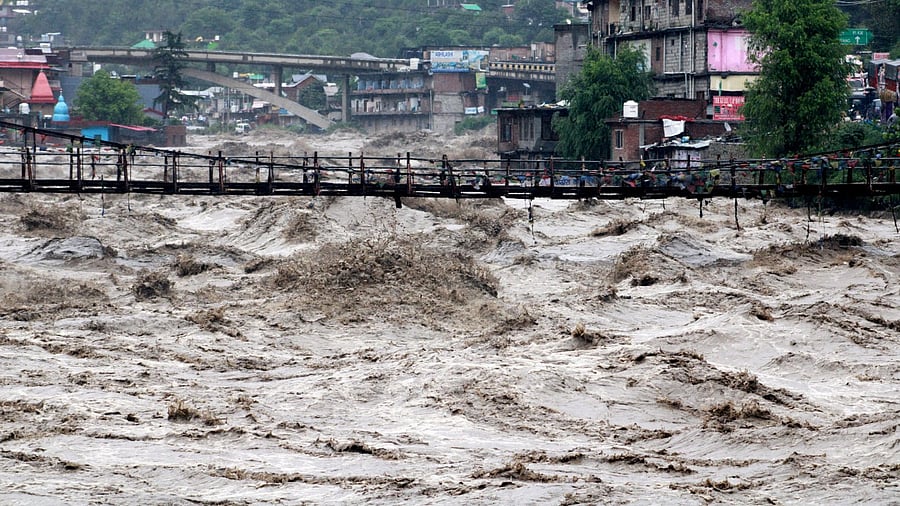
Incessant rains have wreaked havoc in different parts of north India causing landslides, cave-ins, floods as well as deaths. The Yamuna river in Delhi has crossed its warning level, sparking evacuations in some parts of the capital. The IMD, meanwhile, has issued a red alert for Himachal Pradesh, while various districts of Rajasthan have been issued a yellow alert.
The top weather body in India is tasked with identifying and issuing warnings for adverse weather events, relying on a system of colour-coded weather warnings to do so.
The Met department has four colour-coded warnings that it flashes depending on how intense or violent a weather system is at a given point in time. The four colours are green, yellow, orange and red.
The point of the exercise is to give authorities and people likely to be impacted enough forewarning to prepare for inclement weather that has the potential to cause severe damage, disrupt daily life, or cause loss of lives. The warnings are updated daily.
The IMD’s four colour codes are:
Green: This code means that “all is well” and there is no likelihood of any adverse weather-related incident, and there are no advisories issued.
Yellow: The colour yellow signals authorities to “be aware” or on their guard, with the likelihood of severely bad weather that could last several days at a stretch, while also suggesting that the weather could take a turn for the worse and upset daily activities.
Orange: Meaning “be prepared”, the orange alert is a warning for extremely bad weather, electricity blackouts, and the possibility of communication disruptions, including road and rail closures.
Red: The IMD issues the highest level of warning—indicating authorities should “take action”—only when it is guaranteed that bad weather is going to upend travel and power and pose a significant risks to life.
These alerts are universal and are not used exclusively for rainfall but for a range of natural calamities including floods, cyclones, snowstorms and other dangerous weather events.
